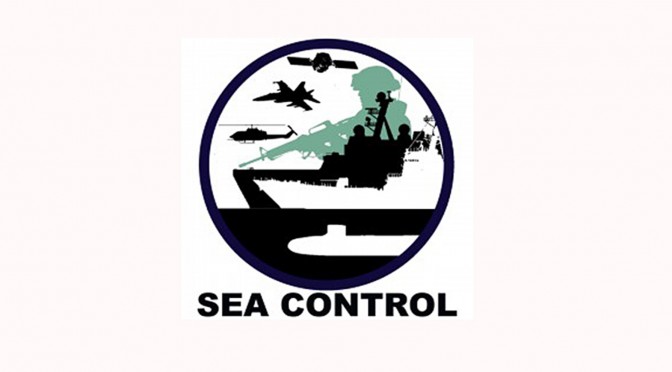By Walker Mills
Sea Control 225 – Claude Berube joins Sea Control host Walker Mills for a conversation on the Sea Shepherd organization, IUU fishing and private approaches to maritime security. Claude discusses his recent report for the US Naval War College on the evolution of the Sea Shepherd organization from an “eco-vigilante” to a “legitimate maritime capacity builder.” You can check out his report here.
Download Sea Control 225 – IUU Fishing and the Evolution of Sea Shepherd with Dr. Claude Berube
Links
1. “Sea Control 153 – USS Constitution with Angry Staff Officer and Dr. Claude Berube,” Claude Berube, Angry Staff Officer with Jared Samuelson, CIMSEC (2020).
2. “Sea Control 156 – Sink the Montana!,” Claude Berube with Jared Samuelson, CIMSEC (2020).
3. The Preble Hall Podcast by the USNA Museum.
4.Maritime Private Security: Market Responses to Piracy, Terrorism and Waterborne Security Risks in the 21stCentury, edited by Claude Berube and Patrick Cullen, Routledge (2012).
5. “Blackwaters for the Blue Waters: The Promise of Private Naval Companies,” by Claude Berube, Orbis (2007).
6. “Standup a Joint Interagency Task Force to Fight Illegal Fishing,” by Claude Berube, CIMSEC (2020).
7. Taste of War: World War II and the Battle for Food, by Lizzie Collingham, Penguin Books (2013).
8. “Sea Shepherd: The Evolution of an Eco-Vigilante to Legitimized Maritime Capacity Builder,” by Claude Berube, U.S. Naval War College Center for Irregular Warfare and Armed Groups (2020).
9. “Leveraging NGOs and Volunteerism for Maritime Surveillance Against IUU Fishing,” by Walker Mills, Dylan Philips-Levine and Trevor Philips-Levine, CIMSEC (2020).
10. “Advantage At Sea,” U.S. Tri-Service Maritime Strategy (2020).
11. “Competition Continuum,” U.S. Department of Defense (2020).
12. “Thunder Road: Outsourcing the Fight Against Illegal Fishing,” by Claude Berube, War on the Rocks (2015).
13. “Trump’s Gunboats: Achieving the Goal of 350 or 355 Ships will be Challenging,” by Claude Berube, The National Interest (2016).
14. “Online Event: Strategic Perspectives on Illegal, Unreported and Unregulated Fishing,” panel discussion with Craig Faller and Karl Schultz, Center for Strategic & International Studies (2020).
15. “The Maritime Story Missing in “Civilian Warriors,” Claude Berube interview with Erik Prince, CIMSEC (2013).
16.The Aden Effect: A Connor Stark Novel by Claude Berube, Naval Institute Press (2012).
17.Syren’s Song: A Connor Stark Novel, by Claude Berube, Naval Institute Press (2015).
Walker Mills is Co-Host of the Sea Control Podcast. Contact the podcast team at Seacontrol@cimsec.org.

